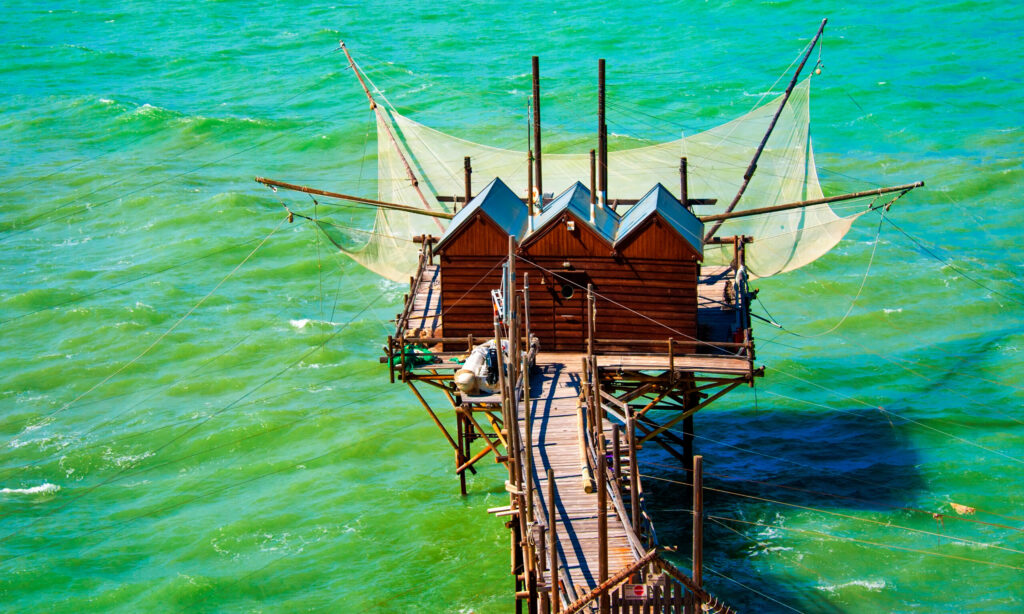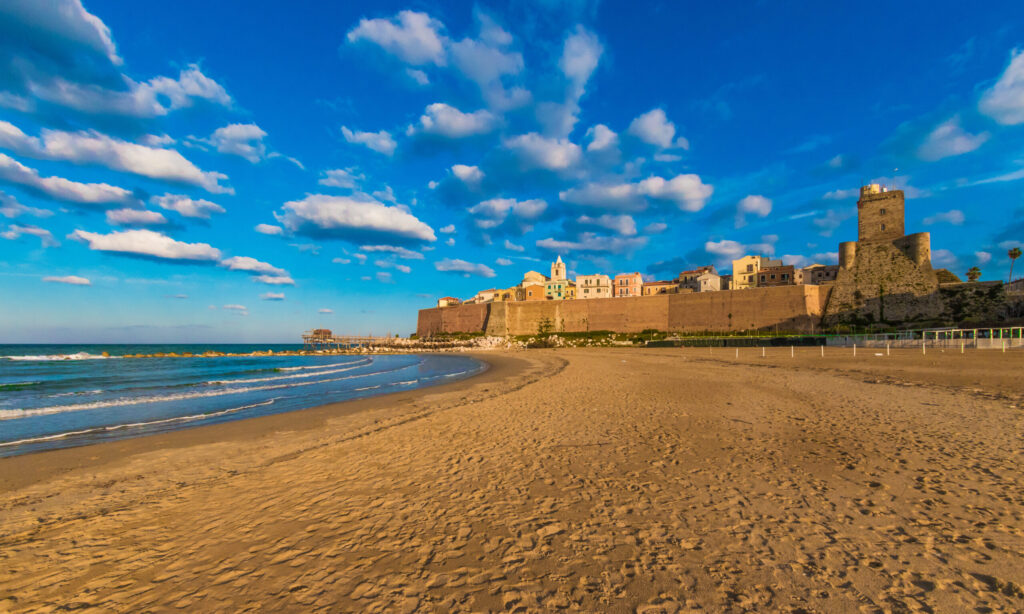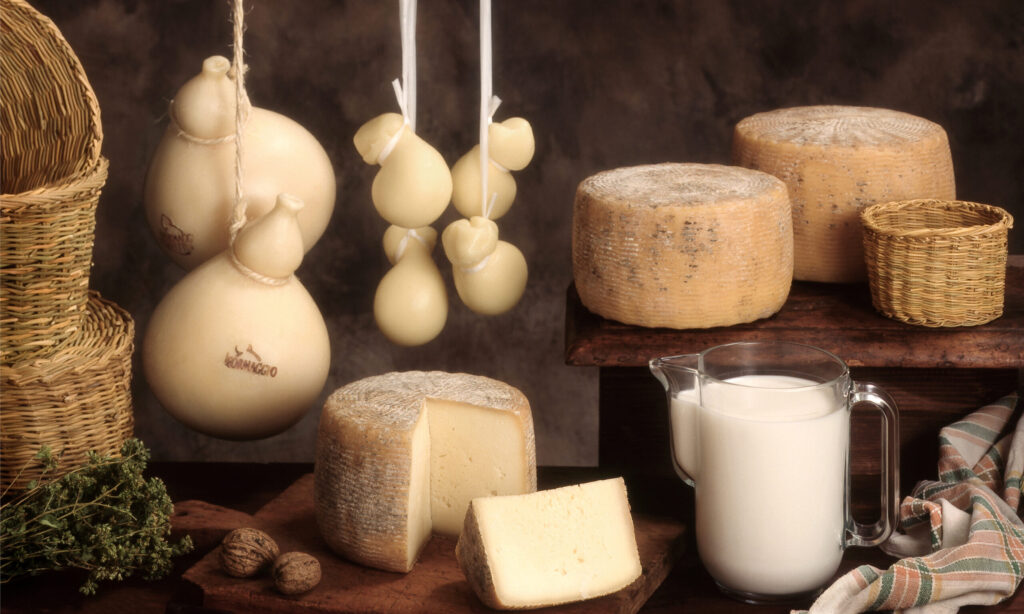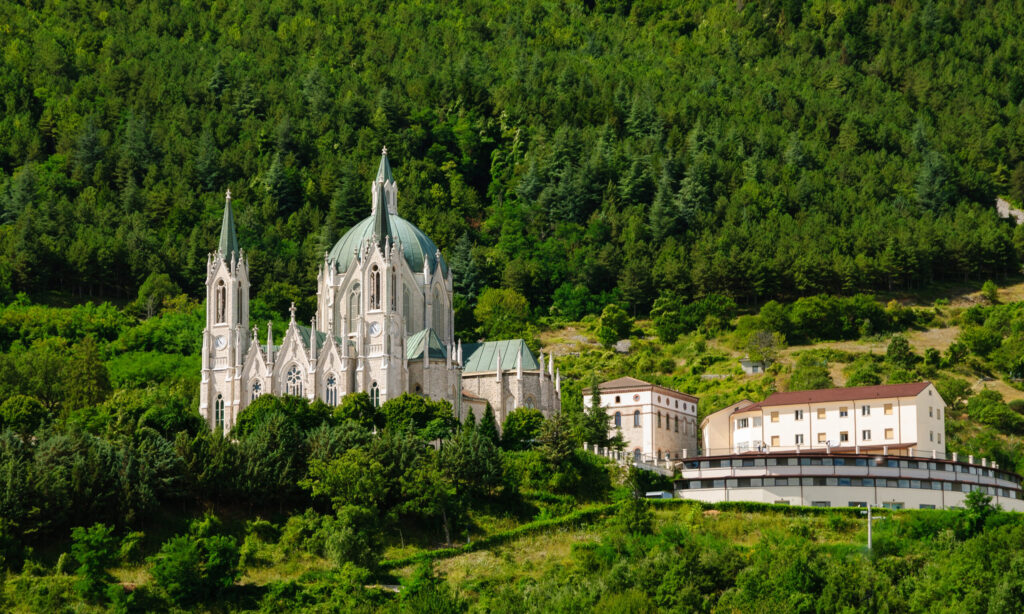Molise
The Molise region - small but mighty
Located in Southern Italy, the Molise region is characterized by its charming medieval towns, unspoiled natural landscapes, and delicious traditional cuisine.
- Isernia
- Campomarino
- Campobasso
- Termoli
- Campitello Matese
The Molise region – small but mighty!
A visit to Molise is like a little voyage of discovery! Ancient castles and fortresses, monasteries, cathedrals, churches, small mountain villages and archaeological excavations bear witness to the history and rural culture of the area. Old traditions and crafts that have long been forgotten in other parts of the country, live on here, which is why Molise is also named the “little old world.“
It is the second smallest and youngest region in Italy and stretches along the Adriatic coast between central and southern Italy. The beautiful coastline stretches for just 40km with almost pristine sandy beaches. The region is divided into the two provinces of Isernia and Campobasso.
The “Alto Molise”…
The beautiful region is divided into the “Alto Molise” with high mountain ranges, untouched nature and remote mountain villages, and the “Basso Molise,” which is covered with rolling hills and vineyards and stretches to the Adriatic coast.
The “Alto Molise” lies in the province of Isernia in the northwest of the region and borders the Abruzzo region. The highest elevation is Monte Meta, which is also part of the Abruzzo National Park. Here stretches the green valley of the Volturno river, which is one of the most scenic areas of Molise.
The Abruzzo-Latium-Molise National Park is home to beautiful landscapes, while the many nature reserves preserve the local flora and fauna. Unspoilt nature also surrounds the two winter sports resorts of Campitello Matese and Capracotta.
Near to the emerald-green Lago di Castel San Vincenzo, you will come across the ruins of one of the oldest Benedictine abbeys in Italy, dating back to 702 A.D. The nearby town of Scapoli is the city of the “Zampogna” – a variant of the bagpipes, the traditional musical instrument of Molise. At the foot of Monte Matese, on the border with Campania, lies the archaeological site of the former Roman city of Saepinium, now called Altilia.
In Pietrabbondante you will find another important archaeological site in Italy and Agnone the oldest bell foundry in the world. From Capracotta, the highest village in Molise at an altitude of 1,400m, you can enjoy a 360-degree panorama over Molise, Abruzzo, Lazio and Puglia!
…and the “Basso Molise”
The “Basso Molise” in the province of Campobasso is characterised by gently sloping hills to long sandy beaches on the Adriatic Sea. The main town on the coast is Termoli with its landmark, the “Torre Saracena” from the 16th century and the historic town gate of the inviting, old town. From here you can take wonderful boat trips to the Apulian Tremiti Islands and their underwater protected area.
Inland, the province delights with cultural treasures such as the ancient amphitheatre in Larino. The capital of the region is Campobasso, whose old town nestles around the fortress hill with its castle.
The whole of Molise is crisscrossed by the characteristic “tratturi,” the unique drift paths from pre-Roman times that lead from Abruzzo to Puglia. The region is wonderful to explore on foot or horseback along the millennia-old paths!
The cuisine of Molise
The regional cuisine is strongly influenced by the neighbouring regions of Abruzzo and Puglia but interpreted in its way: On the dinner plate, one likes to find different types of pasta accompanied by vegetables and legumes, lamb and decidedly delicious, sweet pastries. The delicious “saggiciotto” (smoked pork sausage) from Motentenero di Bisaccia and the “ventricina” (homemade pork sausage with chilli, chilli and wild fennel) are also among the popular gastronomic traditions of Molise. The wine-growing areas extend over 380 ha mainly along the Biferno river to Petrella Tifernina. The region’s most important wine-growing area produces excellent Molise DOC and DOP white, red
Contact us to plan
your event or trip in Italy
Contact us now for a free consultation to plan an extraordinary experience for you and your guests!






